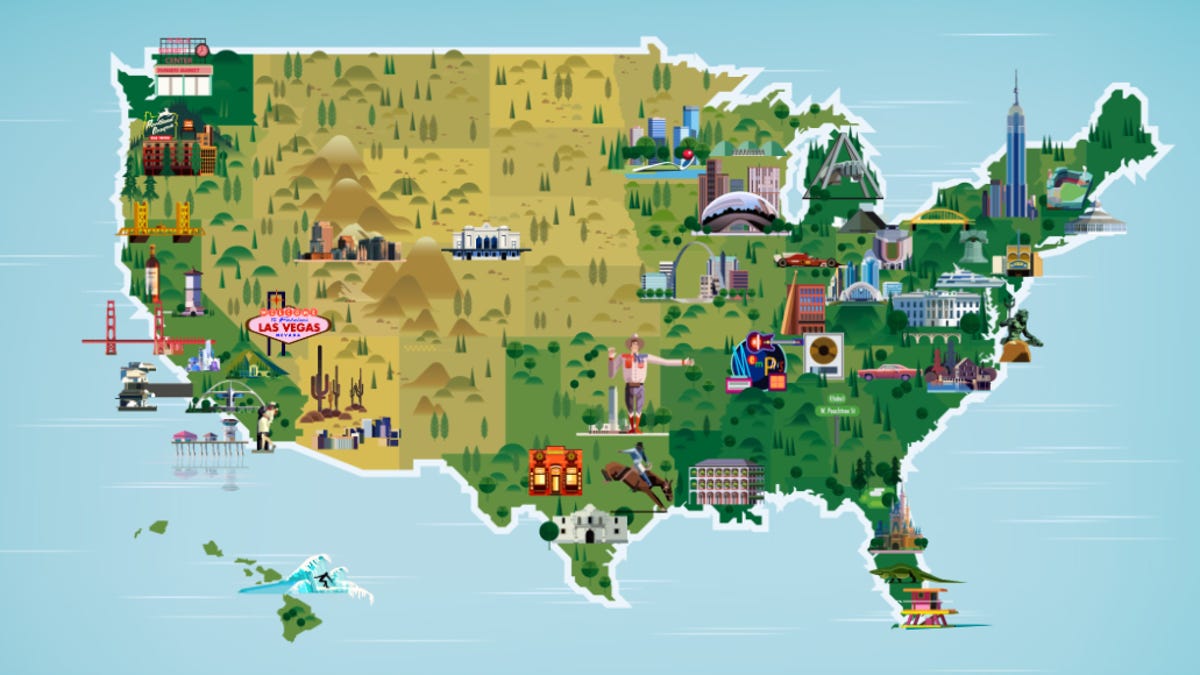Lyft grows gangbusters in 2017, bringing competition to Uber
The US-based ride-hailing company gave 375.5 million rides in 2017, more than double the amount it gave a year earlier.

Ride-hailing company Lyft opened operations across all 50 US states in 2017.
Lyft went from Uber's smaller and less-familiar rival to solid competitor in the US last year.
Growing at a rapid rate, the San Francisco-based ride-hailing company provided passengers with 375.5 million trips in 2017. The increase marked a 130 percent rise in the number of rides from the previous year.
The jump coincided with an approximate doubling of both passengers and drivers. Lyft released these numbers Tuesday in its annual Economic Impact Report.
"We came into the year with a very clear plan and mission," said Joe Okpaku, Lyft's vice president of public policy. "Having a really laser-focused goal of getting our Lyft service out to as many people as possible."
Compared to Uber, Lyft has long been a small fry of the ride-hailing world. For example, the company has received $4.1 billion in venture funding and is valued at $11.5 billion, whereas Uber has received $12.9 billion and is valued at $68 billion.
Still, Lyft has steadily grown while Uber has been mired in scandals. Lyft launched in dozens of new cities across the US over the last year and is now as ubiquitous as Uber in some markets. Lyft has 1.4 million drivers in the US and Toronto, while Uber has 750,000 drivers in the US. Uber, which has 2.25 million drivers outside of the US, is in 78 countries so it gave many more rides than Lyft overall, coming in with 4 billion trips in 2017.
Lyft's Economic Impact Report shows the company growing on all fronts during 2017. Total passengers rose 92 percent from the previous year to 23 million, while the number of Lyft drivers doubled to 1.4 million.
Lyft says its end-goal is to reduce car ownership and road congestion. Almost 250,000 Lyft passengers reported getting rid of a household vehicle because they were able to use ride-hailing services, according to the report. Half of the people the company surveyed said they used their car less.
This doesn't necessarily mean less congestion, however. Several reports came out last year blaming ride-hailing services for more traffic in cities like New York and San Francisco. Okpaku said that will change overtime.
"We are still in the early stages of this transportation revolution," he said. "As people get more comfortable in hailing a ride, they'll get more willing to give up their personal vehicle."
Going into 2018, Okpaku said Lyft's goal is to continue expanding. He said the company plans to open more operations in US suburbs and rural areas.
"We feel the opportunity for growth in 2018 is extremely strong," he said. We want to "blow it out of the park and expand our service in the US to as many people as possible."
CNET Magazine: Check out a sample of the stories you'll find in CNET's newsstand edition.
Life, disrupted: In Europe, millions of refugees are still searching for a safe place to settle. Tech should be part of the solution. But is it? CNET investigates.

